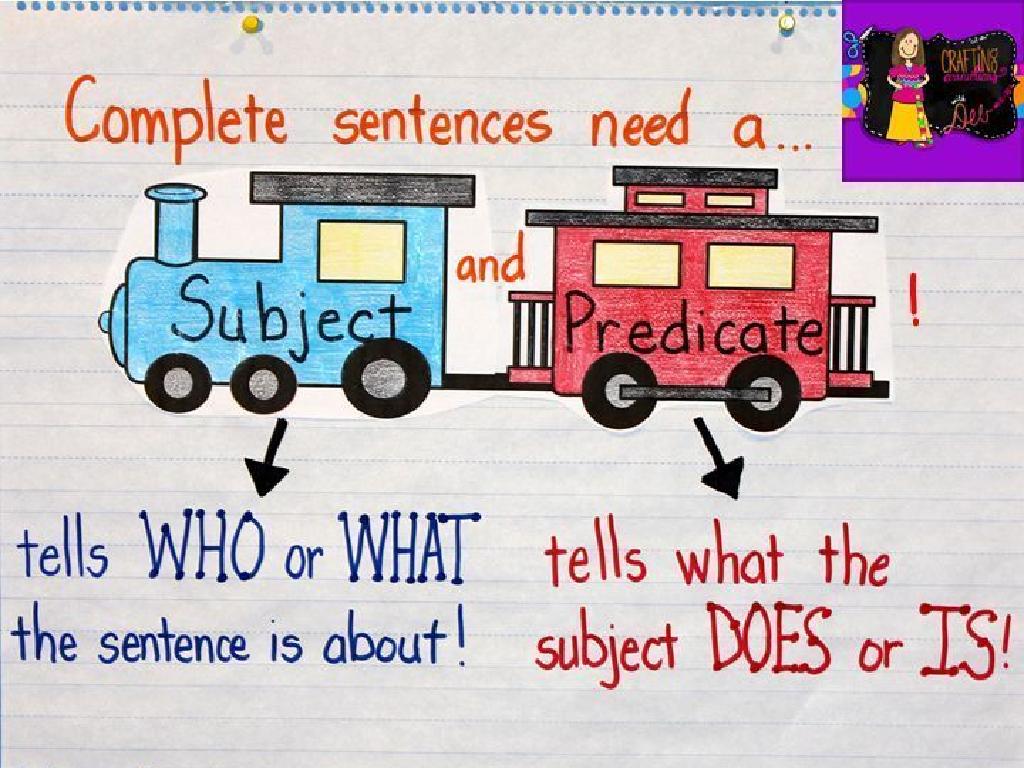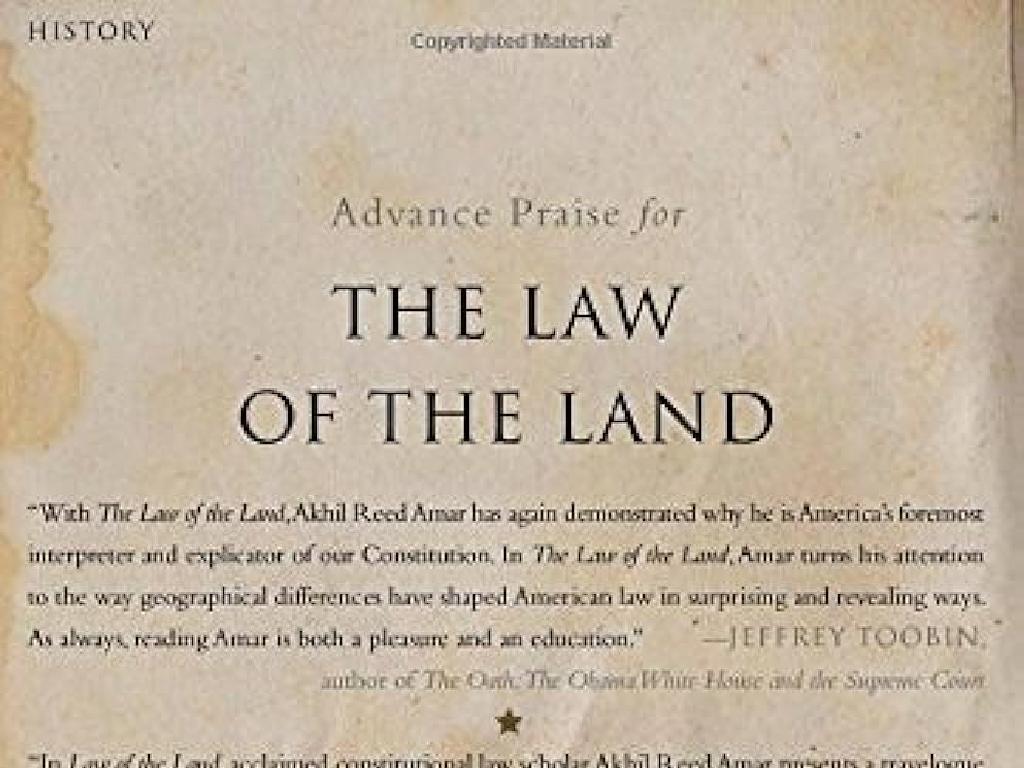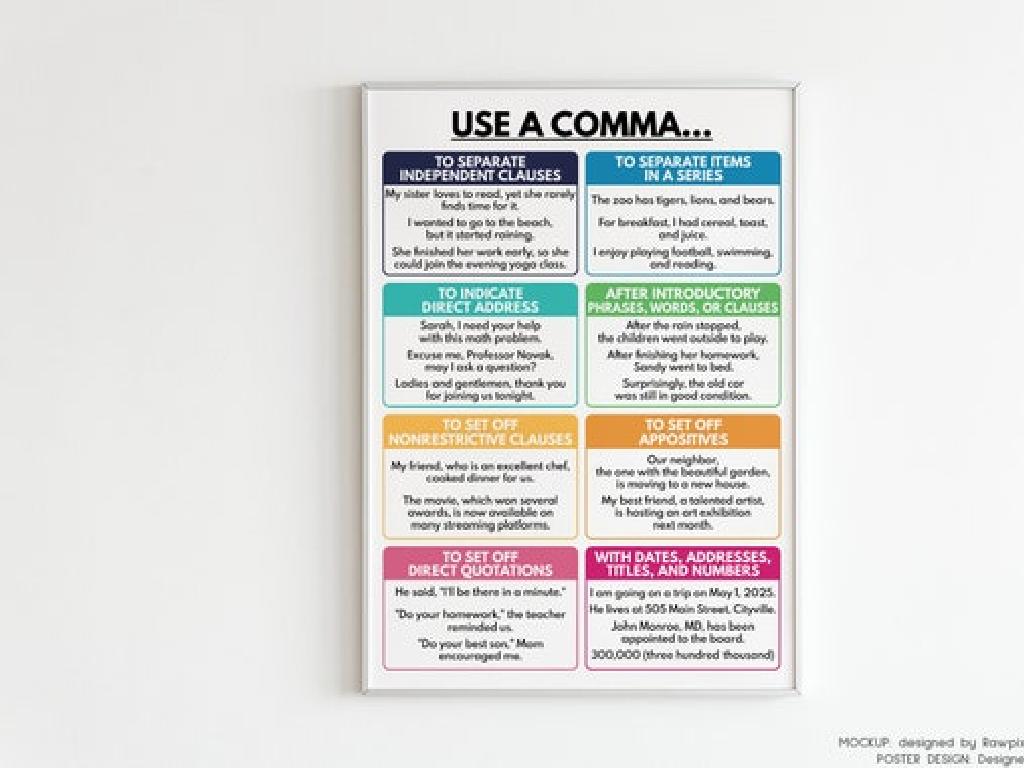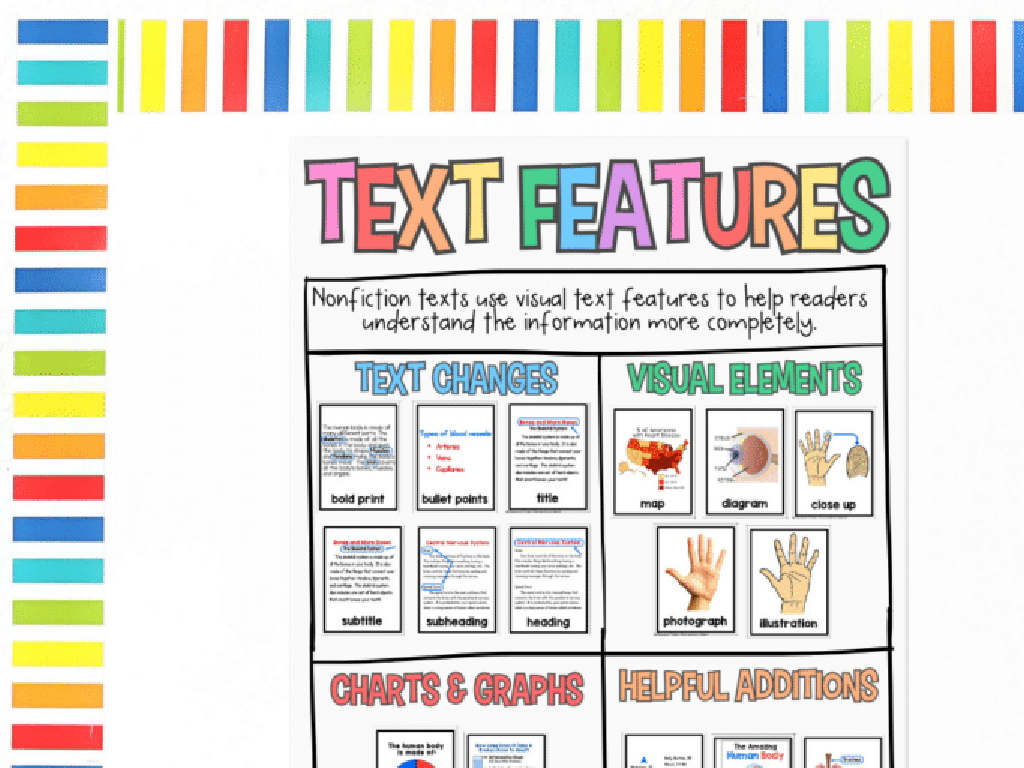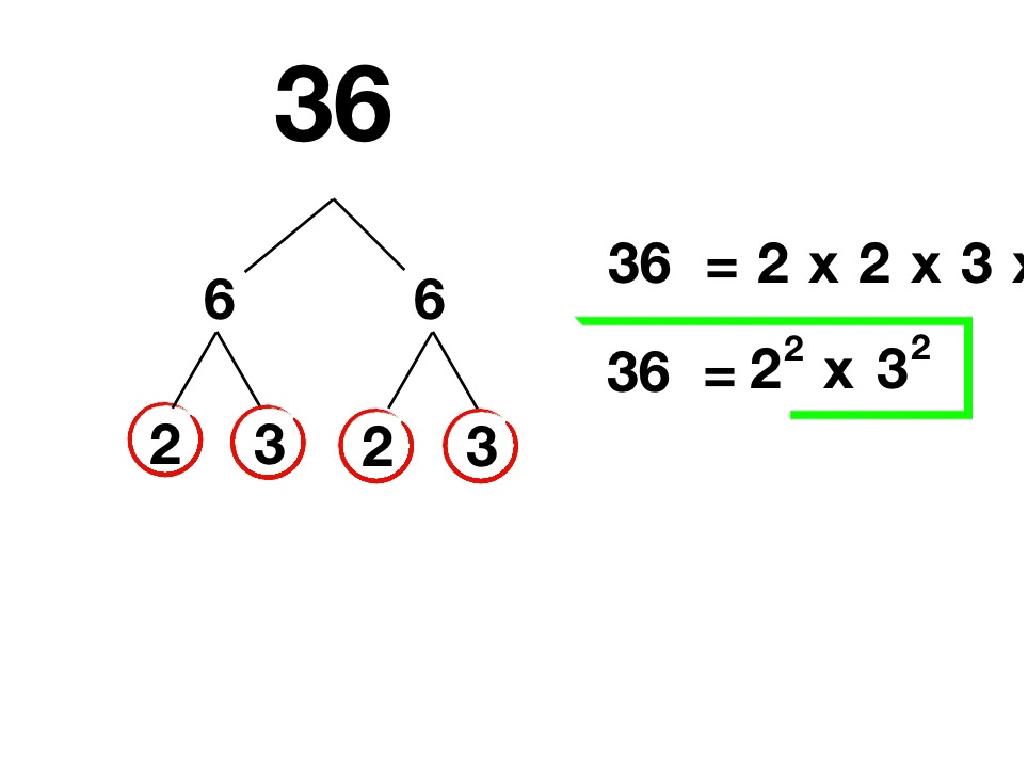Draw Inferences From Literary Texts
Subject: Language arts
Grade: Sixth grade
Topic: Analyzing Literature
Please LOG IN to download the presentation. Access is available to registered users only.
View More Content
Introduction to Inferences in Literature
– What is an inference?
– An educated guess based on evidence
– Using clues in stories
– Like detectives, we use story details to infer
– Become a literature detective
– Analyze text to solve the mystery of meaning
– Practice inferring meaning
– We’ll practice with examples to master this skill
|
This slide introduces the concept of making inferences in literature, a critical reading comprehension skill. Inferences are like educated guesses that readers make based on evidence presented in the text. Encourage students to think like detectives, using clues from the story to understand deeper meanings and themes. Explain that authors often leave hints or evidence that we need to piece together to infer what’s not directly stated. Provide examples from familiar stories to illustrate how to infer, and plan activities where students can practice this skill. Emphasize that inferring enriches the reading experience by allowing deeper engagement with the text.
Understanding Inferences in Literature
– Difference: Inferences vs. Explicit Info
– Inferences are conclusions based on clues; explicit info is clearly stated.
– Mastering ‘Reading Between the Lines’
– Use hints in the text to understand what’s not directly stated.
– Everyday Examples of Inferences
– Guessing a gift from a wrapped box, predicting the end of a TV episode.
– Practice Inferring in Stories
|
This slide introduces students to the concept of making inferences in literature, a key skill in analyzing texts. Inferences are educated guesses made by connecting clues within the text, whereas explicit information is directly presented by the author. Encourage students to look for subtle hints and to think critically about what they’re reading to ‘read between the lines.’ Provide relatable examples, such as predicting a surprise in a wrapped gift or the outcome of a story based on the given information. To practice, students can infer the feelings or motives of characters in a story they are reading, using evidence from the text to support their conclusions. This exercise will help them become more engaged readers and improve their comprehension skills.
Making Inferences in Literature
– Use text evidence for inferences
– Find parts of the text that give you clues about the meaning.
– Authors give hints to readers
– Think about the ‘hidden’ messages the author is conveying.
– Practice with a story excerpt
– We’ll look at a passage and pick out key hints together.
– Discuss inferences as a class
– Share your thoughts and learn from others’ perspectives.
|
This slide introduces the concept of making inferences in literature, a critical reading comprehension skill. Students will learn to use evidence from the text to support their inferences, understanding that authors often leave subtle hints or ‘clues’ to guide readers to deeper meanings. During practice, provide a story excerpt and guide students to identify specific clues that lead to inferences. Encourage active participation by having students discuss their inferences with the class, fostering a collaborative learning environment. This activity will help students to think critically about what they read and to understand that not all information is explicitly stated but can be deduced from context and details provided by the author.
Inference and Characters: Understanding Beyond Words
– Inferring traits, feelings, and motives
– Determine characters’ personalities and emotions
– Use character actions and dialogue
– Actions and words provide insight into characters
– Activity: Infer traits from a passage
– Read a passage, guess characters’ hidden traits
– Discuss: How inferences shape understanding
|
This slide introduces the concept of making inferences about characters in literary texts, a key skill in analyzing literature. Students will learn to deduce traits, feelings, and motives that are not explicitly stated but implied through a character’s actions and dialogue. The activity involves reading a short passage and inferring character traits, which encourages critical thinking and comprehension. In the discussion, emphasize how inferences contribute to a deeper understanding of the text and characters. Provide guidance on how to pick up on subtle cues in the text and use them to analyze characters’ behaviors and relationships. Prepare to facilitate a discussion where students can share their inferences and reasoning.
Inference and Settings in Literature
– How settings shape a story
– Settings can affect characters and plot.
– Identifying time and place clues
– Look for descriptions, cultural references, and time indicators.
– Group Activity: Infer the setting
– Work in groups to deduce the story’s setting using textual clues.
|
This slide introduces the concept of how settings influence a story’s characters, mood, and plot. Students should understand that settings go beyond just a physical location; they also provide context for time periods, cultural backgrounds, and can even influence the events of the story. The group activity is designed to help students practice drawing inferences about the setting by examining specific clues within the text. Teachers should prepare a short story or an excerpt where the setting is not directly stated and guide the students to look for descriptive words, cultural or historical references, and other indicators of time and place. Each group can present their inferences and the clues that led them to their conclusions. This will help students to engage with the text critically and enhance their inferential comprehension skills.
Inference and Plot: Predicting Outcomes
– Practice predicting plot events
– Grasp cause and effect in stories
– Identify reasons/events leading to outcomes
– Task: Infer the plot’s future
– Use text clues to guess what comes next
– Share your predictions in class
|
This slide introduces the concept of making inferences in literature, a critical skill for understanding and predicting plot developments. Encourage students to use ‘clues’ from the text, such as dialogue, character actions, and descriptions, to anticipate what might happen next. Understanding cause and effect is also crucial as it helps students see how events are interconnected. The individual task requires students to apply these skills by making their own predictions about the plot’s outcome, which they will then share with the class. This activity fosters critical thinking and discussion. Provide guidance on how to make logical inferences and remind students that their predictions should be grounded in the text.
Practice: Drawing Inferences from Literature
– Read a story as a class
– Discuss inferences in groups
– What clues does the story give us about the characters or setting?
– Share inferences with class
– Each group will present their ideas to the class
– Support inferences with text
– Find sentences in the story that back up your inferences
|
This slide is designed for a class activity focused on making inferences from a literary text. Start by reading a story together as a class to ensure all students are familiar with the text. Then, break the class into small groups to discuss possible inferences about the plot, characters, or setting based on clues in the text. After the group discussion, have each group share their inferences with the class, encouraging them to provide evidence from the text to support their ideas. This activity will help students practice critical thinking and analytical skills by interpreting information that is not explicitly stated. As a teacher, facilitate the discussions by asking probing questions and guiding students to use text evidence effectively.
Class Activity: Inference Gallery Walk
– Move around to explore texts
– Write inferences on sticky notes
– Think: What is the text suggesting?
– Note down evidence for inferences
– What clues support your inference?
– Discuss inferences as a class
– Share and learn from different perspectives
|
This interactive class activity is designed to engage students in making inferences from various literary texts. Set up stations around the room with different short texts or excerpts. Students will move between stations, reading the texts and using sticky notes to jot down their inferences along with the evidence they found to support them. Encourage them to consider character actions, dialogue, and descriptions to draw conclusions. After the gallery walk, bring the class together for a discussion to compare inferences. This will help students understand how different readers may interpret texts differently based on the evidence they focus on. Possible variations of the activity could include group work at stations, timed rotations, or presenting inferences to the class.
Conclusion: The Power of Inference
– Importance of inferences
– Inferences add depth to reading, allowing us to uncover deeper meanings.
– Inferences across subjects
– Use inference to understand historical events, scientific theories, and more.
– Homework: Inference paragraph
– Write a paragraph on a book you’re reading, explaining your inferences.
|
Inferences are crucial for a deeper understanding of literature, as they allow students to read between the lines and grasp the underlying messages or themes. This skill is not only valuable in Language Arts but also enhances critical thinking in subjects like History and Science, where students must deduce information from given data. For homework, students will practice this skill by writing a paragraph where they make inferences from their current reading material. This will help reinforce their understanding and application of the concept. Encourage students to think critically about the text and use evidence to support their inferences.

